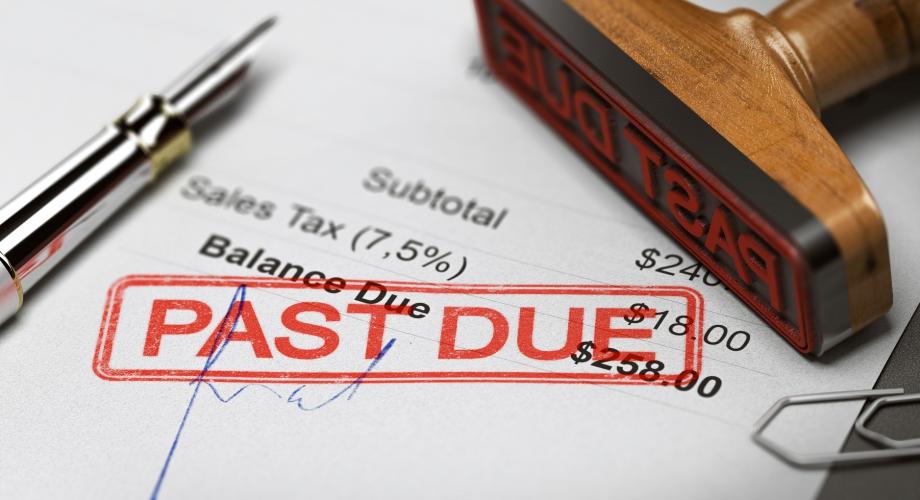With the number of lost collections increasing year over year, aggressive recovery procedures have become a hot topic with apartment owners across the nation. An average of $92 per U.S. apartment unit is lost annually to collections, according to the 2018 National Apartment Association Income and Expense Survey, which examined data reported for 2,967 market-rent properties containing 807,810 units and 511 subsidized properties containing 83,697 units.
The standard national recovery rate for debt collection agencies ranges from 20% to 15%, with corresponding recovery rates for affordable housing, housing authorities and poverty submarkets sometimes lower than 10%. Recovery rates depend, as well, on factors other than whether the property is classified as market rate or affordable; namely, the community’s class ranking, the timeliness of the collection submission and the time of year of the submission. Possessing accurate and complete documentation to legally pursue a former resident also increases the recovery rate.
The objective of this document is to outline best practices in the collection of bad debt or monies owed to an individual property or property owner. Although this paper doesn’t provide specific instructions on how to recover a debt, it is intended to serve as a guide as you review your company’s particular debt collection policy. Collection best practices are intended to assist with all efforts to pursue payments of debt owed by individuals. A well-crafted collection policy will maximize operational efficiency and ensure that owners and managers are recouping all funds owed by past-due residents. This information can be used both to reduce bad debt and increase overall recovery.
This document is free to NAA members and details best practices for debt collection methods and explores additional solutions to consider.
